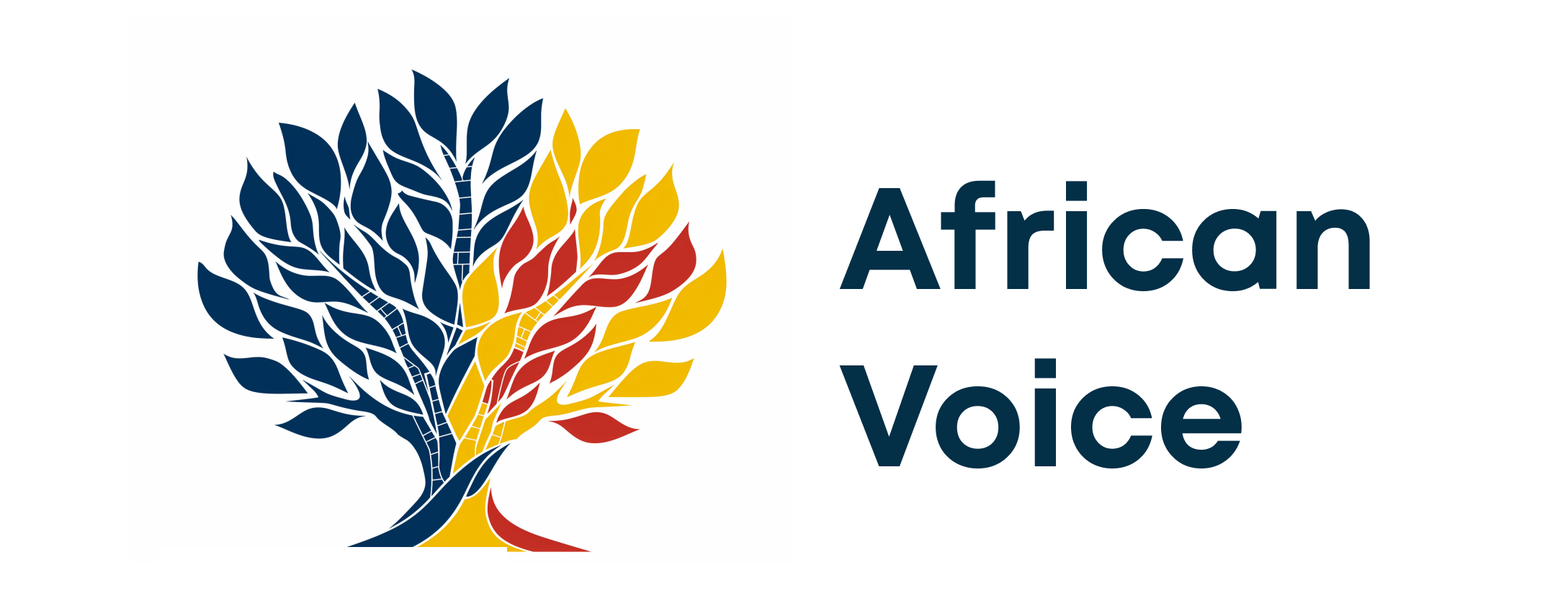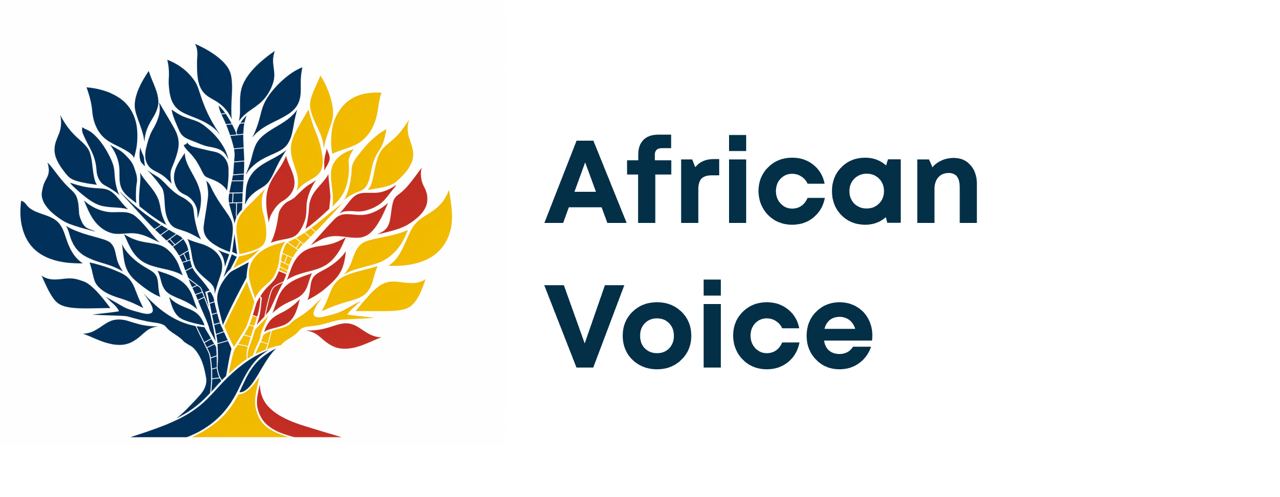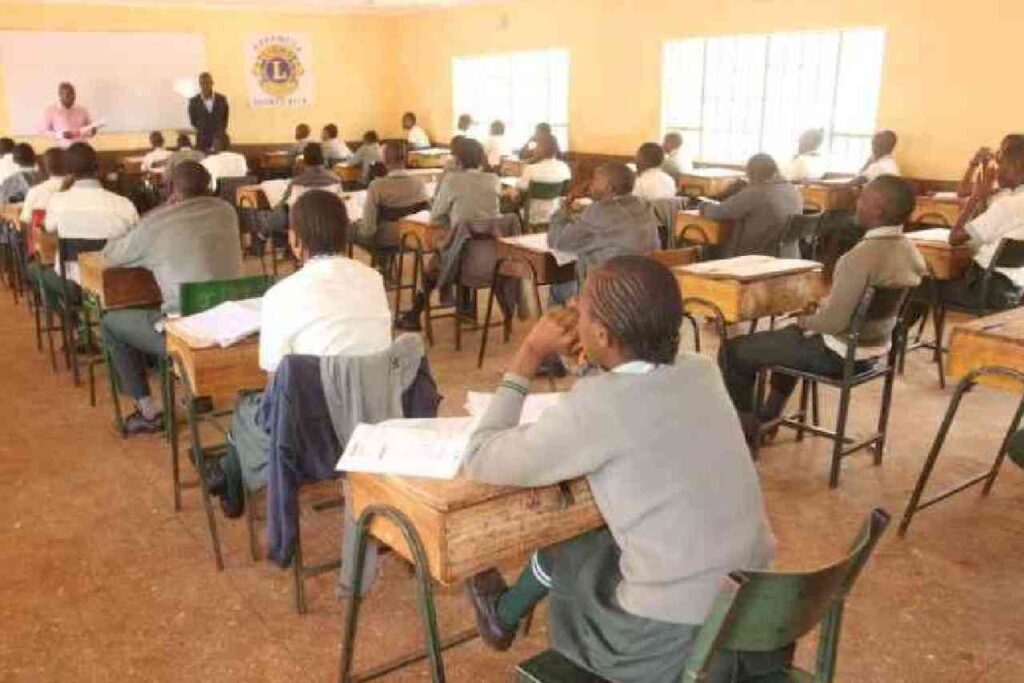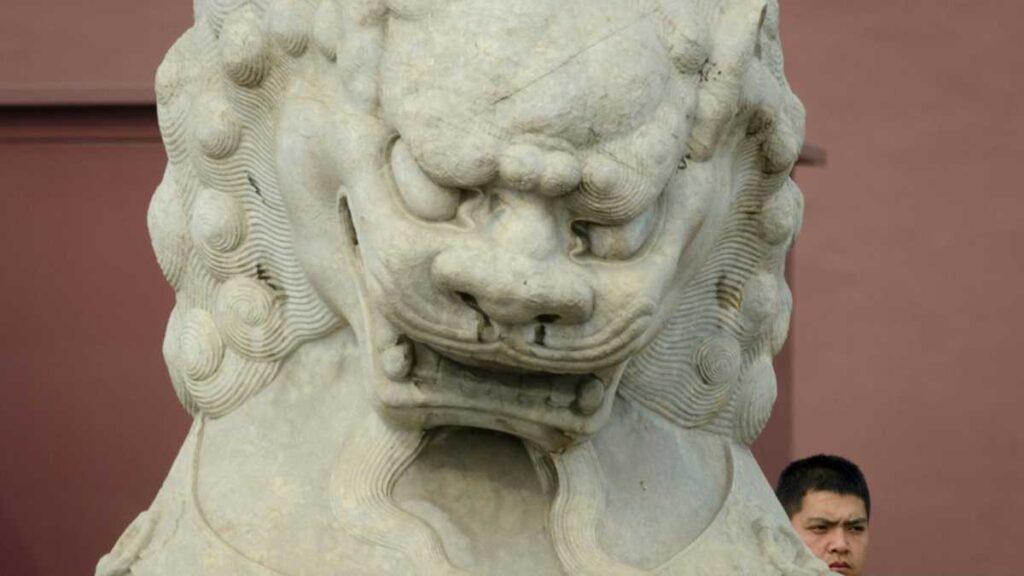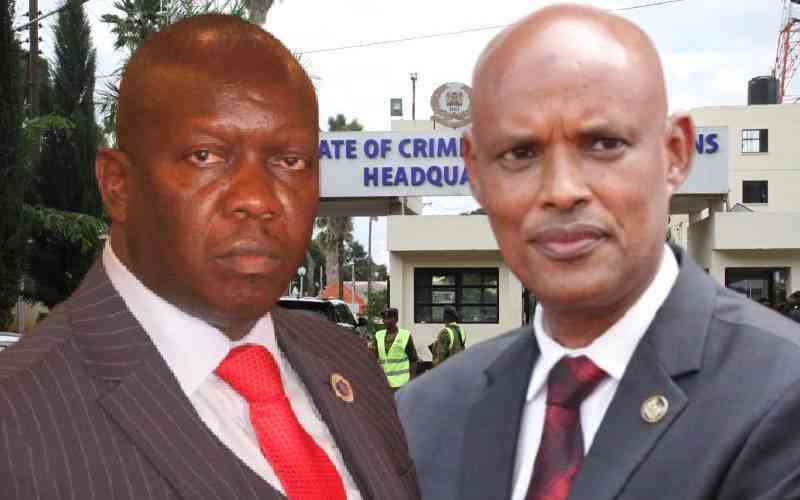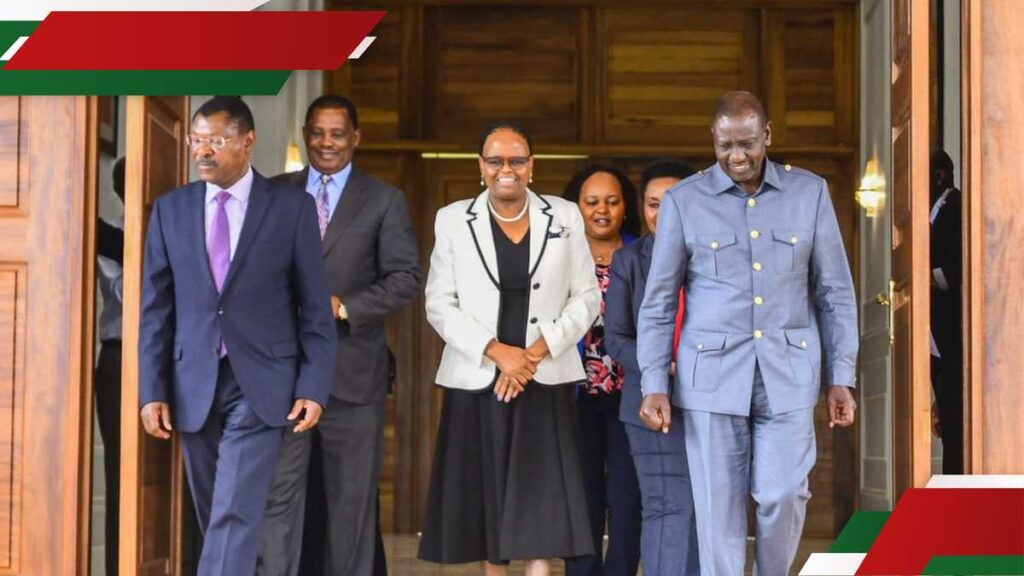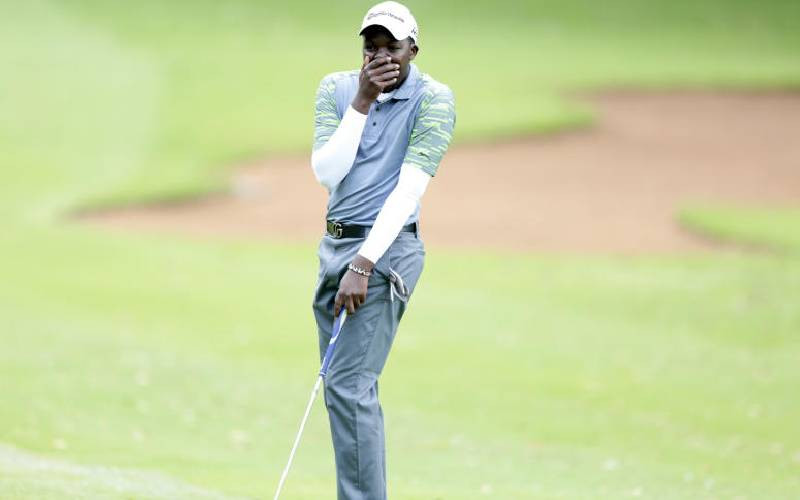The government is facing an unprecedented challenge with the funding of more than 200,000 additional students set to join public universities
Questions have emerged following the release of the 2024 Kenya Certificate of Secondary Education (KCSE) results, as many wonder whether the government will be able to manage the rising numbers.
According to the results, a record-breaking 226,391 students qualified for university entry, an increase from last year’s 201,133.
This is 25,258 more students than in the previous year’s KCSE exam, a rise attributed to a new grading system that reduced the number of compulsory subjects considered for the mean grade.
However, behind the joy, there is growing concern: How will the government support this influx of students in public universities that are already struggling with funding and resources?
John Shiundu, an educationist, says that while this marks progress, it also places a financial strain on the sector.
“As the number of students seeking higher education grows, the financial burden on the government has become heavier as it seeks workable funding models,” he said, adding that public universities are already grappling with unpaid debts totalling more than Sh70 billion.
“Government funding is needed, not only for tuition fees, but also for the higher education sector’s infrastructure, salaries, and resources vital for a conducive learning environment,” he stated.
In 2019, the government funded 80 per cent of university programmes, but that figure has now dropped to 48 per cent.
Education Cabinet Secretary Julius Ogamba admitted the surge presents a challenge, noting that there is a need to rethink how the resources allocated ensure quality education for all.
For parents like Hellen Eshiwani, whose son scored a straight A at Chavakali High School and dreams of studying engineering, the rising costs of university education are a source of concern.
“I am proud of my son’s hard work, but I can barely afford the fees, even with government funding. Will they support us, or will our children’s dreams be left hanging?” she asked.
To address funding gaps, the government introduced a Student-Centered Funding Model (SCFM) in 2023.
The model promised scholarships and loans tailored to students’ financial needs, but the High Court recently suspended the scheme, leaving more than 380,000 students uncertain about their financial aid for the upcoming academic year.
“Many students are in limbo. Some have even been wrongly categorised under the funding model. We demand fairness and clarity from the government,” said Rocha Madzao, student leader at the University of Nairobi.
Stay informed. Subscribe to our newsletter
The SCFM aimed to shift from institutional funding to directly financing students, but critics argue that it failed to account for the sheer volume of qualifiers.
“The government’s model may work in theory, but without sufficient funds, it’s like building a house without a foundation,” said education analyst Jonathan Wesaya.
Beyond funding, universities face logistical challenges. The influx of students will strain existing infrastructure and staff.
Lecture halls are already overcrowded, and many institutions struggle to pay lecturers on time. Last year, strikes disrupted learning, leaving students uncertain about their academic future.
“This is more than just a funding issu, it’s about the quality of education,” said Prof Margaret Wambui, a lecturer at a public university. “We need more lecture halls, better facilities, and additional faculty to handle the growing student population. Otherwise, the standards will drop.”
The rise in university qualifiers has also brought attention to technical and vocational education and training (TVET) institutions.
Nearly half of the 2024 KCSE candidates (49.41 per cent) scored C minus or above, qualifying for diploma-level courses.
While TVETs offer an alternative pathway, they too face funding and infrastructure challenges.
In addition to university funding, the government will need to allocate more resources for TVETs.
“We need more investment in vocational training. Not every student will go to university, but TVETs can equip them with skills to contribute to the economy. The government must prioritise this sector,” said Peter Ochieng, a TVET instructor in Kisumu.
As university intake looms, the pressure is on the government to act swiftly. Stakeholders are calling for comprehensive reforms, including merit-based scholarships for top performers.
“The Universal Declaration of Human Rights states that higher education should be accessible to all based on merit,’’ Ochieng said.
